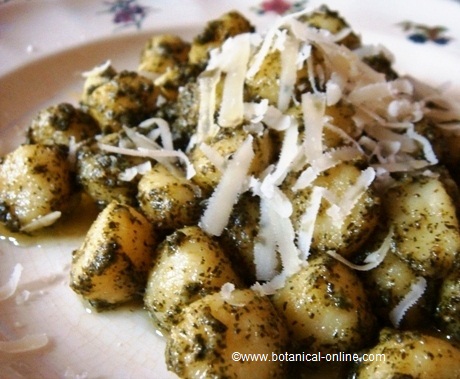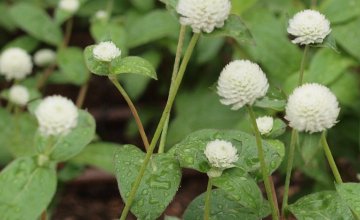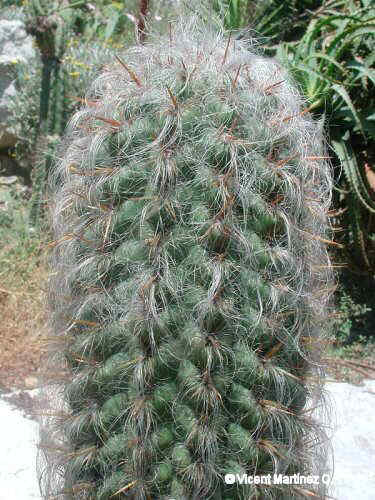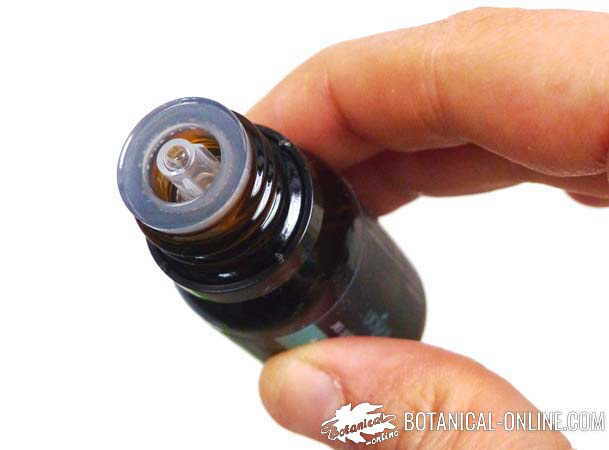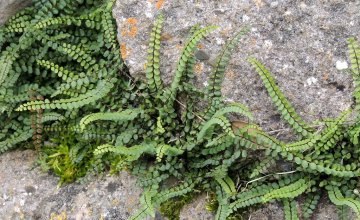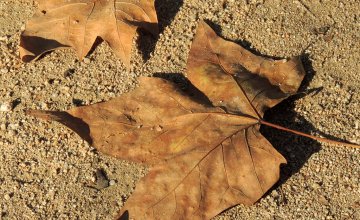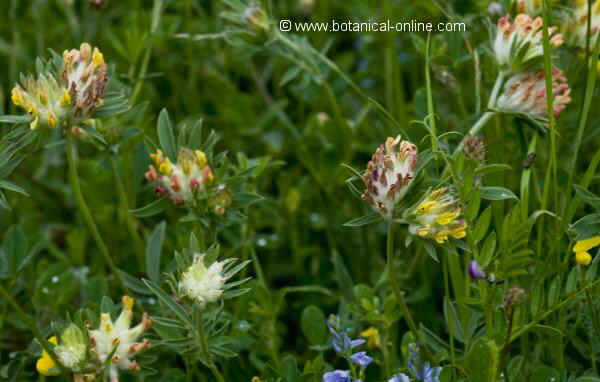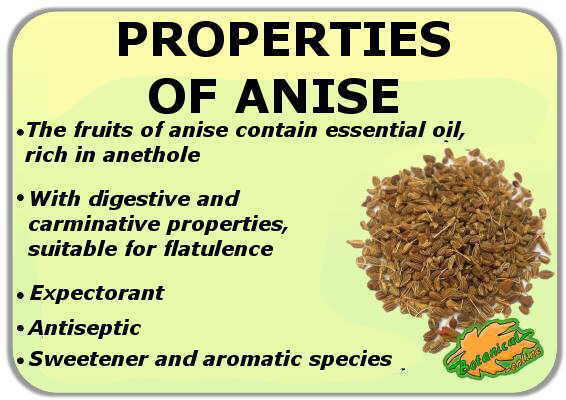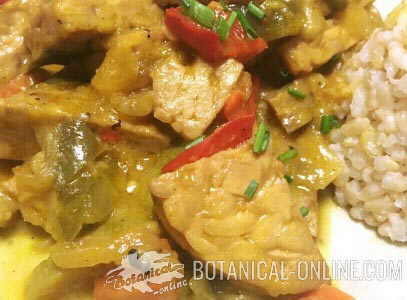Contents
- 1 Pine nuts or seeds of the pines
- 2 What are pine nuts?
- 3 EDIBLE PINE NUTS
- 4 Pines with edible pine nuts in Europe
- 5 Pines with edible pine nuts in America
- 6 Pines with edible pine nuts in Asia
- 7 Other species that produce pinions
- 8 Traditional collection and removal of the pinions
- 9 Modern collection and removal of the pinions
- 10 How to get the pine nuts from pine cones
Pine nuts or seeds of the pines
What are pine nuts?
Pine nuts or pinions are the seeds of pines (Pinus spp.). They appear enclosed within a woody cone and located on the underside of the cover scales.
From a botanical point of view, pine nuts are responsible for propagating the species. Some of them have very large wings to be dispersed by the wind (anemophilous dispersion); others are heavier, their wings are very narrow and need to be expelled from pineapples at high speed to be dispersed.
This usually occurs when pineapples are subjected to high temperatures, such as in fires. Other pine nuts are dispersed by animals (zoophilic dispersion).
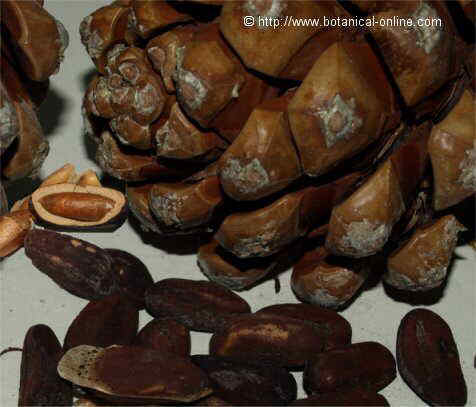
Pine cone of stone pine (Pinus pinea) with open scales and pine nuts.
EDIBLE PINE NUTS
From an edible point of view, pine nuts are seeds that are sold as nuts.
Not all pinions are good to eat, so we have to consider that when we go to the mountain, we can not eat any type of pine nut of any pine tree, but only those coming from edible pine trees.
Pines with edible pine nuts in Europe
In Europe and North Africa there are two species of pines that produce edible pine nuts.
– Stone pine (Pinus pinea): The most important is the stone pine.
If we want to find it, we will have to look along the Mediterranean. It is a very easy tree, easy to be distinguish because of its large umbrella-shaped crown and its thick vertical trunk.
It has got thick, round cones that produce pine nuts 1 cm long. Pine cones are usually mature after about three years. Before, they remain closed and they do let the seeds to go out.
Once ripe, simply place them on a paper and give them a little bump so that they will come off easily. If we can not find them personally, we can buy stone pine seeds in any grocery store because it is the most exploited pine tree for the production of pine nuts.
Each tree can produce an average of about 20 kg of gross seeds, that is to say, with shell which amounts about 4 kg of net pinions.
– Swiss Stone Pine (Pinus cembra): Swiss stone pine, Arolla pine or Austrian stone pine is the other European species with edible pine nuts.
It is a Eurasian pine growing in central Europe (Alps, Carpathians., Siberia) between 1200 and 2500 meters. It is very resistant to cold and can withstand -50 ° C.
It is a very sturdy tree that is 30 to 35 meters tall and its trunk can measure up to meter and a half in diameter.
It is easily distinguished because its leaves are gathered in groups of 5. Their cones are between 4 and 8 cm wide, producing pine nuts, 8 to 12 mm long. The seed dispersal is done by birds, mainly by nutcrackers (Nucifraga caryocatactes)
Photo of gnocchi au pesto.
One of the ingredients of this recipe is pine nuts
Pines with edible pine nuts in America
America has 20 species of pines with edible pine nuts, most of them located in the southwestern United States and northern Mexico.
Many of them grow on dry soils with a low productivity for other plants, which determines the importance that these trees have as food suppliers. Hence a strict vigilance to keep them out of danger of extinction becomes necessary.
In America the number of pine trees produce edible pine nuts is quite large.
– Colorado pinyon, two-needle pinyon, piñon pine (Pinus monophylla = Pinus edulis) Of all the American pines with edible pine nuts Colorado pinyon is the most commonly used.
It is a pine tree growing in the southwestern United States and northern Mexico between 1000 and 2300 meters on dry and stony slopes of mountains.
It produces oval cones about 4 to 6 cm in length it takes a few years to expel the pine nuts.
These pine nuts have been one of the staple foods for many years for indigenous people living in the area and still today they are collected abundantly.
Colorado pinyon for Zuni Pueblo |
| An example of today importance of Colorado pinyon can still be seen in Zuni Pueblo culture, a town of Indians living in Zuni Pueblo in New Mexico (United States), an autonomous region that hosts the largest indigenous population. Only the inhabitants of this place have the right to collect the products of these pines within its territory. These people live according to the customs of the past and base their economy on the cultivation of land. The pine nuts collected from trees, once dry, are milled to make a flour for bread manufacturing. Sometimes, they add sunflower seeds, corn flour and cassava seeds. Besides obtaining pinions, the inner bark, boiled and crushed, is used to make breads that are baked in an oven or on the ground. This way, they produce a very hard but long lasting bread. Before eating it, they have to boil it in water to soften it. |
Other American pines with edible pine nuts are:
Whitebark pine (Pinus albicaulis), Ayacahuite pine (Pinus ayacahuite), Texas pinyon pine (Pinus catarinae), Coulter pine (Pinus coulteri), Pinyon pine (Pinus cembroides), Potosi pinyon (Pinus culminicola), Borde pinyon (Pinus discolor), Parry pinyon (Pinus quadrifolia), Limber pine (Pinus flexilis), Sierra Juarez pinyon (Pinus juarezensis), Johann’s pine (Pinus johannis), Laguna pinyon (Pinus lagunae), Sugar pine (Pinus lambertiana), Martinez pinyon (Pinus maximartinezii), Western white pine (Pinus monticola), Nelson’s Pinyon (Pinus nelsonii), Ponderosa pine (Pinus ponderosa), Ghost pine (Pinus sabiniana), Mexican white pine (Pinus strobiformis) Torrey pine (Pinus torreyana),
Pines with edible pine nuts in Asia
Asia does not have so many species with edible pine nuts as America, although their number is higher than Europe. We must remember that Pinus cembra shares area with Europe.
In total there are six species: Swiss stone pine (Pinus cembra), Chilgoza pine (Pinus gerardiana), Korean pine (Pinus koraiensis), Siberian pine (Pinus sibirica), Dwarf Siberian pine (Pinus pumila), Chir pine (Pinus roxburghii)
Other species that produce pinions
In addition to pines, conifers within, we have three other Araucariaceae that produce edible seeds. Among them:
– Araucaria (Araucaria araucana): Also called Chilean pine or pehuén.
It is native to Chile and Argentina. Its pine nuts are the basis for feeding the Pehuenche Indians. Pine nuts can be eaten fresh or are ground for flour to make a kind of bread. They are also used to manufacture fermented beverages.
– Paraná or Cury Pine (Araucaria angustifolia): In Brazil and Argentina it is well known. Its seeds, up to 7 cm long, are edible and can be eaten in many ways (boiled, roasted or ground into flour and mixed with almonds for making breads) These seeds are also used to feed livestock.
– Bunya pine (Araucaria bidwelli): It grows in Queensland (Australia) . This tree is characterized by producing huge dark red cones up to 30 cm in length that can weigh up to 10 k. The seeds, till 5 cm long, are edible and have been used forever by the Indians as a staple. The importance of this tree has been so great that it has been regarded as a sacred tree.
Traditional collection and removal of the pinions
The process of collecting pine nuts was always a hard work since it was manually performed. This was carried out, using long bent rods to pick pine cones from trees.
The process, with greater or lesser differences, was maintained since ancient people in different parts of the world.
Pine cones were collected before they a opened or before they falled to the ground to prevent rodents or birds to eat the seeds. Then, they were left to dry or placed over a fire which facilitates its opening while they were roasted.
Modern collection and removal of the pinions
Currently this process is gradually mechanized. In some places the trees are still subjected to the process of shaking down.
However, it has been found that when pine cones are obtained without hitting the trees off, the annual production is higher. Therefore, in important areas such as those in Andalusia with pine, farms the pine cones collectors climb pine trees to avoid hitting them.
Today many collectors use a sickle-shaped tool with a long stick. This process must be done before the cones open to avoid the pinions to be lost.
It is Increasingly frequent the introduction of machines that shake the tree, causing the fall of pine cones, such as it is done with other collection processes as in olives or almonds.
How to get the pine nuts from pine cones
Once collected, you can choose between two drying and extraction methods:
– Manual process: It can be conducted in hot countries and does not require the use of machinery:, Pine cones are extend in a dry and sunny place to dry.
Subsequently, they are collected and stacked or stored in warehouses until the following summer when the pinions are extracted.
This process is performed many times with the exploitation of pine (Pinus pinea)
– Mechanical process: This takes place in less hot countries or in hot countries when you do not want to depend on the weather.
In Europe, it will be necessary for the extraction of pinions from Swiss stone pine (Pinus cembra), but it can also be used with the stone pine (Pinus pinea) if you want to keep the extraction process throughout the year.
The mechanical process begins with the artificial drying of pine cones. Subsequently, pine nuts are separated from cone scales mechanically. Then, the hard layer that protects the pinion is removed. Finally, pinions must be polished to remove the last impurities, washed and brushed so that they become clean and shiny.
The final process is the packaging of the pinions for subsequent sale on the market.
Obviously, the mechanical process requires higher expenditure and spoils more pinions, but this method allows greater and more continuous production and does not depend on external weather conditions.
![]() More information on pine nuts and pines.
More information on pine nuts and pines.

